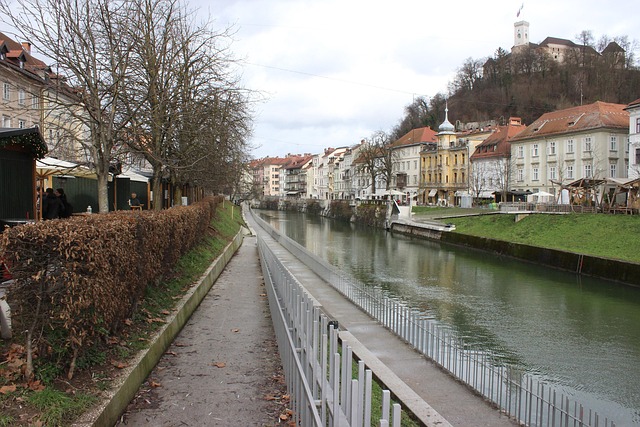Karachi, with its high population density and industrial activities, faces air quality challenges. The Air Quality Index (AQI) monitors pollution levels from key pollutants like PM2.5, PM10, NO2, SO2, and ozone, ranging from 0 to 500 (lower is better). Real-time updates from monitoring stations help residents take precautions. Improving air quality in Karachi's Civil Lines requires a multi-faceted approach: promoting sustainable transportation, raising awareness about household pollution, encouraging green spaces, enforcing stricter industrial regulations, adopting cleaner production technologies, and fostering collaboration between authorities, environmental groups, and residents. Regular air quality monitoring and public reporting are crucial for collective action towards a healthier Karachi.
Karachi, Pakistan’s vibrant metropolis, faces ongoing challenges with air quality. This article delves into the intricate details of the Air Quality Index (AQI) as a crucial tool for understanding and addressing these concerns in Karachi’s Civil Lines area. We explore strategies to navigate and enhance air quality, focusing on local initiatives, community involvement, and sustainable practices. By examining these measures, we aim to highlight potential game-changers in improving the air we breathe in Karachi.
- Understanding the Air Quality Index (AQI) in Karachi
- Strategies for Navigating and Improving Air Quality in Civil Lines, Karachi
Understanding the Air Quality Index (AQI) in Karachi

Karachi, as a bustling metropolis, faces unique challenges when it comes to air quality due to its dense population and industrial activities. The Air Quality Index (AQI) serves as a crucial tool for citizens and authorities alike to understand and monitor the city’s atmospheric health. This index provides a standardized measurement of air pollution levels, making complex data accessible and easily interpretable.
In Karachi, the AQI is calculated based on various pollutants, with key contributors including particulate matter (PM2.5 and PM10), nitrogen dioxide, sulfur dioxide, and ozone. The index ranges from 0 to 500, where lower values indicate better air quality. Regular updates from monitoring stations scattered across the city enable residents to stay informed about real-time air quality conditions, prompting necessary actions to protect public health, especially for vulnerable groups like children and the elderly.
Strategies for Navigating and Improving Air Quality in Civil Lines, Karachi

Navigating and improving air quality in Civil Lines, Karachi, requires a multi-faceted approach. One key strategy is to promote sustainable transportation options such as cycling and electric vehicles, which can significantly reduce emissions from traffic congestion. Encouraging public awareness about the impact of household activities like cooking and heating on air pollution, and promoting cleaner alternatives, is another effective measure. Green spaces and urban forests can also play a crucial role in absorbing pollutants and improving overall air quality.
Additionally, implementing stricter industrial regulations and monitoring systems is essential. Industries should adopt cleaner production technologies and practices to minimize their emissions. The collaboration between local authorities, environmental organizations, and residents is vital for developing and enforcing effective policies. Regular air quality monitoring and public reporting can help raise awareness, empower citizens, and drive collective action towards a cleaner, healthier Karachi.
Karachi’s air quality is a complex issue, as evidenced by the fluctuating Air Quality Index (AQI) readings in Civil Lines. However, with proactive strategies and collective efforts, it is feasible to navigate and improve the air we breathe. Implementing sustainable practices, promoting green spaces, and adopting cleaner technologies can significantly contribute to reducing pollution levels. By fostering a conscious community and implementing effective policies, Karachi can move towards a healthier future, ensuring that its residents enjoy improved air quality and a vibrant, sustainable urban environment.
